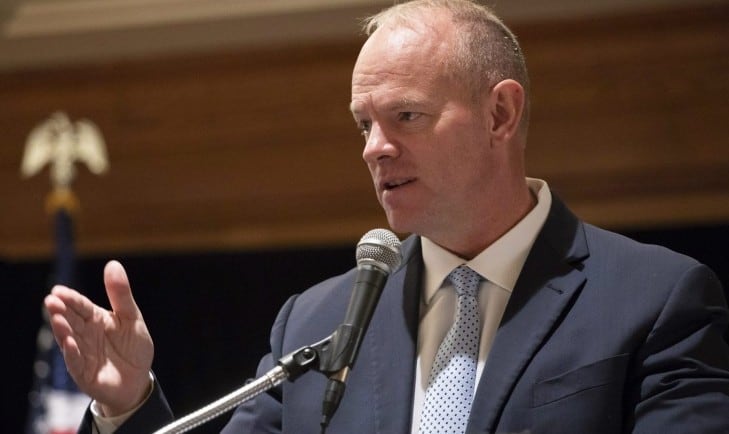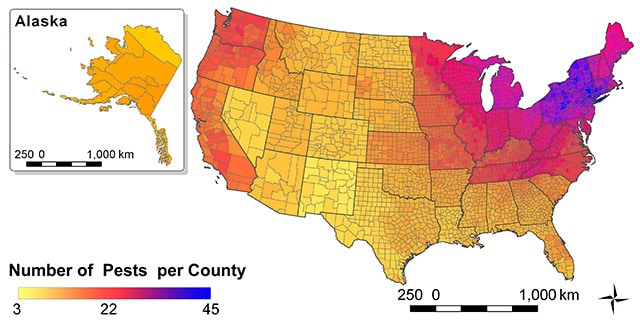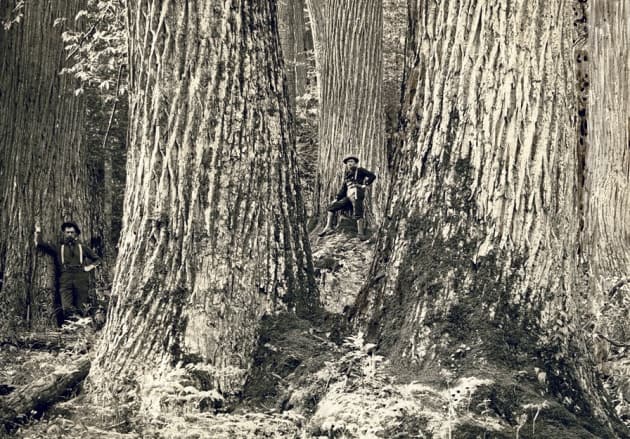Livestream keynote, roundtables at today’s Invasive Species Workshop. This is another webinar from WGA on Biosecurity and Invasive Species. As always, anyone in the NCFP community is invited to watch and summarize for us, either as a comment or a separate post (email to Sharon). Here’s the link, it will also be available afterwards. The keynote is at noon MT. Apparently feral swine have made it north of the Canadian border. I listened to the one by Hans Bodenhamer, a science teacher at Big Fork High School on how the cavers and biologists are working together to study bats- that one’s worth a look. Working together to get knowledge and manage. Great story!
Here’s a link to the agenda.
Montana Gov. Steve Bullock will speak today in Helena at the Western Governors’ Biosecurity and Invasive Species Initiative workshop focused on early detection and rapid response. The schedule and links to watch the event livestream may be found below. All events are listed in Mountain Time and may also be viewed on Facebook.
Wednesday, Nov. 14
Rapid Response for New Species and Disease Detections – Funding, Authorities, and Collaboration (8:20 a.m.)
WGA Executive Director Jim Ogsbury will deliver opening remarks, leading in to this panel on effective partnerships, policies, and data sharing to help managers respond to new occurrences of invasive species.
Regional Invasive Mussels Partnerships and Action Plans (9:30 a.m.)
Researchers and land managers will examine effective regional partnerships to control the spread of invasive mussels, as well as opportunities and challenges to coordinate management actions between agencies.
Terrestrial Invasive Species Case Study (10:45 a.m.)
Panelists will examine the impacts of terrestrial invasive species on Western landscapes. Innovative management strategies and private landowner-led projects will be highlighted.
Keynote: Montana Gov. Steve Bullock (12 p.m.)
Where and When to Intervene on Invasive Species? The Costs of Control at Early, Middle and Late Stages of Infestation (12:45 p.m.)
Panelists will highlight case studies of the various stages of invasive species control and how to most effectively demonstrate impact with limited funds.
Aquatic Invasive Species Case Study (1:45 p.m.)
Panelists will discuss the impacts of aquatic invasive species in the Mountain West and exciting technologies that improve invasive mussels monitoring.
Monitoring Invasive Species Infestations and Vectors (3 p.m.)
How invasive species managers are approaching the challenge of monitoring the spread of invasive species by focusing on specific vectors, or pathways.
International Coordination on Feral Swine Management (4 p.m.)
Populations of invasive feral swine have been confirmed north of the Montana-Canada border. Panelists will discuss collaborative management efforts at state, federal and international levels.






